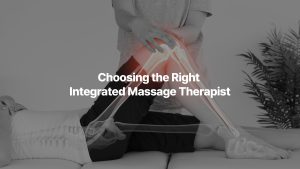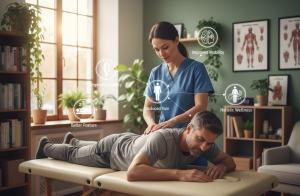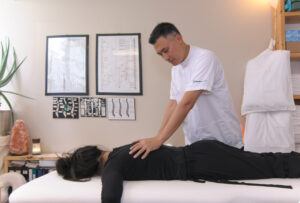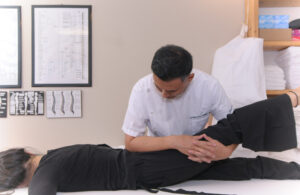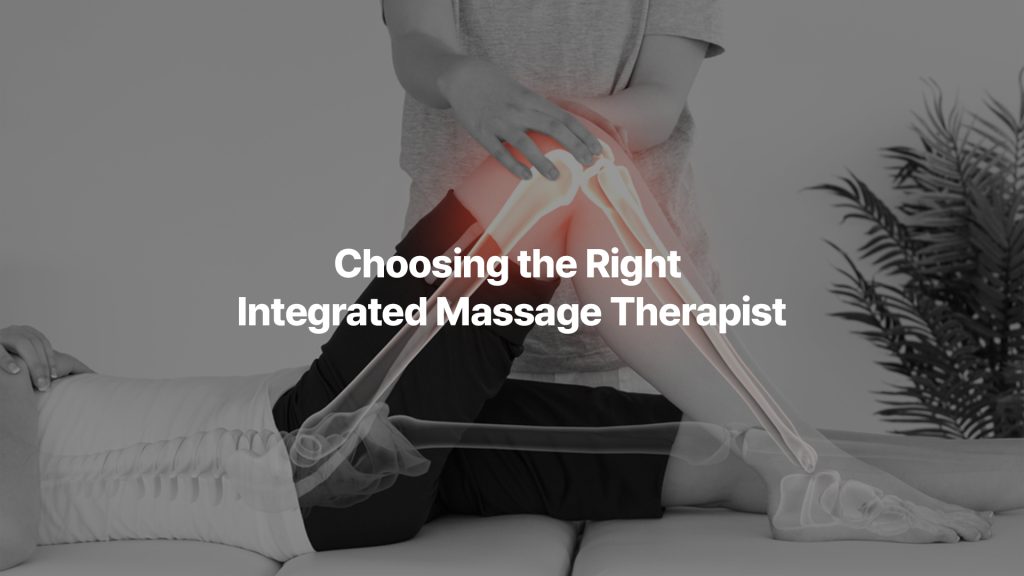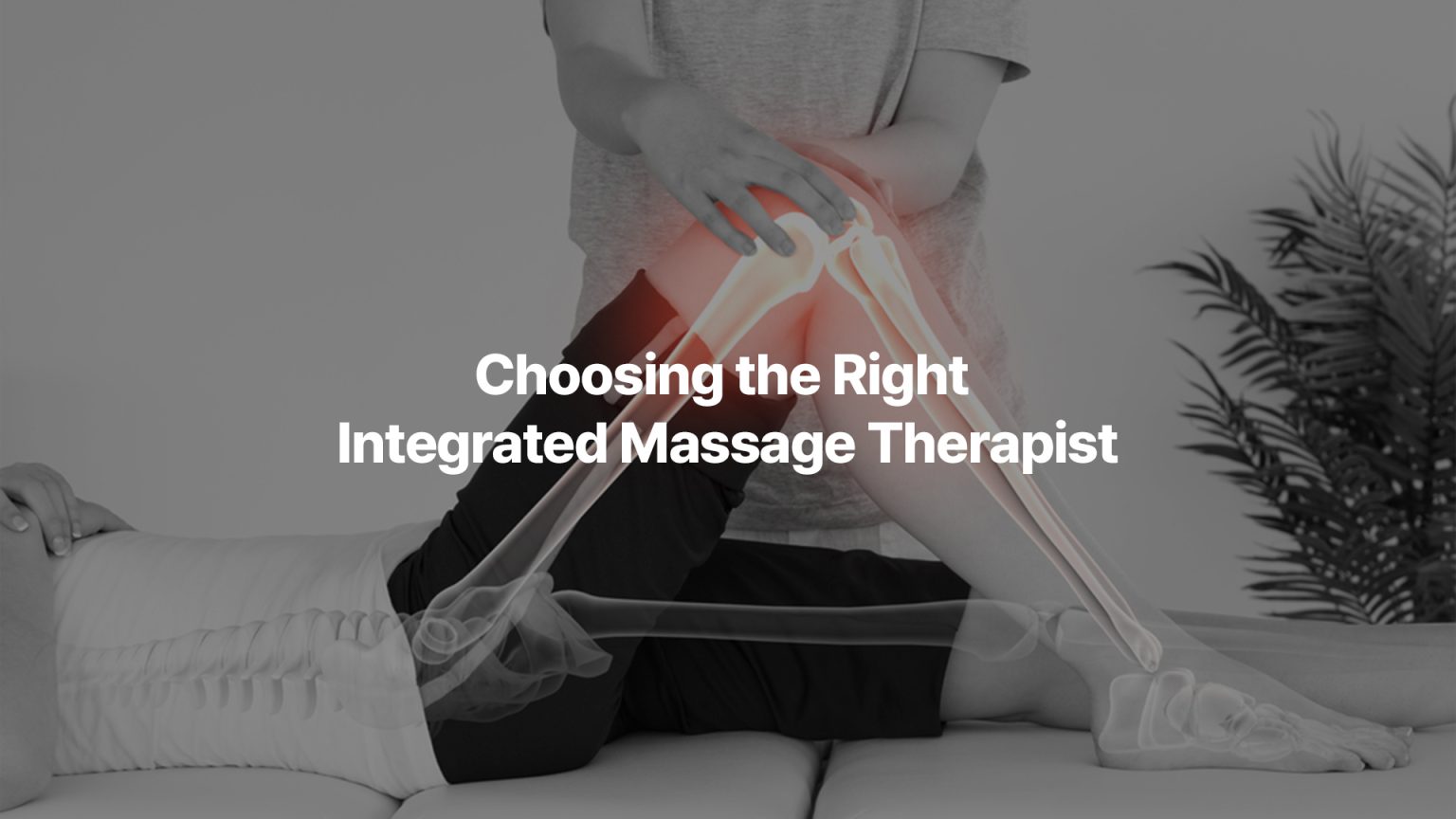Choosing the Right Integrated Massage Therapist
In today’s fast-paced world, the pursuit of holistic wellness has become an essential component in maintaining a balanced lifestyle. Whether you are a corporate executive, a fitness instructor, or an elementary school teacher, the integration of mind, body, and spirit can significantly enhance your overall well-being. One effective avenue to achieve this balance is through integrated massage therapy—a practice that harmonizes various techniques to address individual needs. Integrated massage therapy is a multifaceted approach, combining elements from different massage modalities to create a tailored experience for the client. Unlike traditional massage techniques that focus on specific areas or issues, integrated massage therapy encompasses a holistic view of the body. This approach not only alleviates physical tension but also supports emotional and spiritual wellness, fostering a comprehensive healing process.
Integrated massage therapy is a multifaceted approach, combining elements from different massage modalities to create a tailored experience for the client. Unlike traditional massage techniques that focus on specific areas or issues, integrated massage therapy encompasses a holistic view of the body. This approach not only alleviates physical tension but also supports emotional and spiritual wellness, fostering a comprehensive healing process.
Key Benefits of Integrated Massage
For those experiencing high stress levels and seeking work-life balance, integrated massage offers a sanctuary of relaxation and rejuvenation. The therapy aids in reducing cortisol levels, which are often elevated due to stress, thereby promoting a sense of calm and clarity. The therapeutic touch can also enhance mental acuity, allowing corporate executives to maintain peak productivity. Fitness instructors, who often battle with overexertion and recurring injuries, can benefit from the non-invasive nature of integrated massage. By incorporating techniques like myofascial release and trigger point therapy, this approach facilitates faster recovery and injury prevention, enabling instructors to sustain their physical demands. Elementary school teachers, facing the challenges of energy depletion and stress, will find solace in the nurturing aspects of integrated massage. By promoting circulation and reducing muscle tension, the therapy aids in sustaining energy levels and enhancing emotional resilience, vital for nurturing a positive classroom environment.Selecting the Right Therapist
 When choosing an integrated massage therapist, it is crucial to consider their qualifications, experience, and approach to holistic wellness. Look for practitioners who are certified and have a deep understanding of the interconnectedness of mind, body, and spirit. A trustworthy therapist will prioritize open communication, ensuring that your specific needs and concerns are addressed with care and empathy.
Transparency in practice is also essential. A reputable therapist will explain the techniques they employ and discuss how these will support your wellness goals. Trust and comfort are paramount; hence, finding a therapist whose energy resonates with your own will enhance the therapeutic experience.
When choosing an integrated massage therapist, it is crucial to consider their qualifications, experience, and approach to holistic wellness. Look for practitioners who are certified and have a deep understanding of the interconnectedness of mind, body, and spirit. A trustworthy therapist will prioritize open communication, ensuring that your specific needs and concerns are addressed with care and empathy.
Transparency in practice is also essential. A reputable therapist will explain the techniques they employ and discuss how these will support your wellness goals. Trust and comfort are paramount; hence, finding a therapist whose energy resonates with your own will enhance the therapeutic experience.


